What is wearable technology, and how does it help healthcare organizations? This article explores the benefits of medical wearables, as well as the challenges of ensuring customer engagement and health outcomes. In addition, it explores the health benefits of wearable technology for older adults.
You will also find helpful tips to help your organization use this technology to better serve its customers. Read on to discover the latest developments in wearable technology. There are many advantages to these technologies, including the ability to monitor health parameters in real-time and adjust disease management plans in real-time.
Applications of wearable technology
The use of wearable technology for clinical applications has been a focus in recent years. The technology’s early applications centered on monitoring motor activities and using accelerometers to capture muscle activity patterns.
The applications varied greatly, with researchers developing sensors that were suitable for different age groups and specific conditions. More recent advances in body area networks also allowed clinicians to monitor systemic responses to motor activities. Some of these applications are discussed below. Some of the future uses of wearable technology are outlined below.
One potential use for wearable sensors is in rehabilitation and physical medicine. They can help clinicians monitor patient activity and measure their independence. They can also integrate miniature sensors into wearable devices to enhance their functions.
The benefits of these technologies are clear: they can collect quantitative data about an individual’s daily activity. Wearable systems are an excellent choice for observing clinical interventions. The wearable technology can be embedded in clothing, allowing clinicians to collect patient data while a patient is engaged in activities that might otherwise be impossible to track.
In addition to being useful in health and fitness, wearables can help workers become more productive and satisfied. They can also help prevent burnout. Tesco uses smart wristbands to keep track of aisles, while the DAQRI helmet sends real-time safety alerts to workers. A startup called Upright developed a smart sticker that vibrates when an employee slouches. It has been claimed that these technologies can save a woman’s life.
Challenges of sustainable customer engagement for wearable technology
One of the most pressing challenges facing the wearable technology industry is the lack of long-term customer engagement. In the short term, wearables can be short-lived due to issues such as bad quality, poor battery life, or uncomfortable designs. These issues can also cause a decrease in brand loyalty if the devices fail to create a meaningful impact for the users. The following are some tips for marketers to create long-lasting customer engagement.
One of the most important aspects of a successful wearable program is to identify a priori goals. Identifying specific problems and creating a corresponding solution are essential for success.
For example, Kaiser Permanente’s health management program identifies system and clinician problems, as well as core disease measures that are highly variable. Kaiser Permanente then designed its wearable technology solutions around those problems. Similarly, health insurance companies must focus on creating customer engagement that will drive sales and profit growth.
Wearables are increasingly becoming an essential part of people’s lives. Often, they include tiny processors and computers and are supposed to interact with objects in the vicinity.
While there is great potential for this type of technology, the key to sustainable customer engagement is getting the right customer engagement. The reality is that many wearable devices have failed to last long and failed to create a lasting impact.
Health benefits of wearable technology for older adults
The health benefits of wearable technology for older adults are vast, but they go beyond simply alerting caregivers of a fall. By capturing important health data, these devices help older adults become more
self-advocates and become more aware of changes in their health.
By supplying this data to physicians, wearables can improve diagnostic timelines and improve treatment efficacy. Wearables can also help senior citizens advocate for themselves, and they can improve the quality of care and service providers.
Another benefit of wearable devices is that they can be used without obstructing normal bodily functions. The wrist is an excellent location for monitoring blood pressure and heart rate. It is also comfortable to wear, so participants do not mind wearing the devices while moving around the house. Healthcare providers can also use wearable technology to encourage healthier lifestyles, monitor conditions, and follow up on concerns.
Those who are concerned about the health benefits of wearable technology may also want to consider the downsides and benefits to make an informed decision.
Researchers have also used a variety of methods to gather information about wearable technology for older adults. Data have included surveys, diaries, interviews, and focus groups. Some studies have even used surveys to determine preferences for the design of the devices. Other studies allowed participants to try several different wearable devices and collect data on which ones they preferred. These studies indicate that older adults are generally comfortable and enthusiastic about wearable technology.








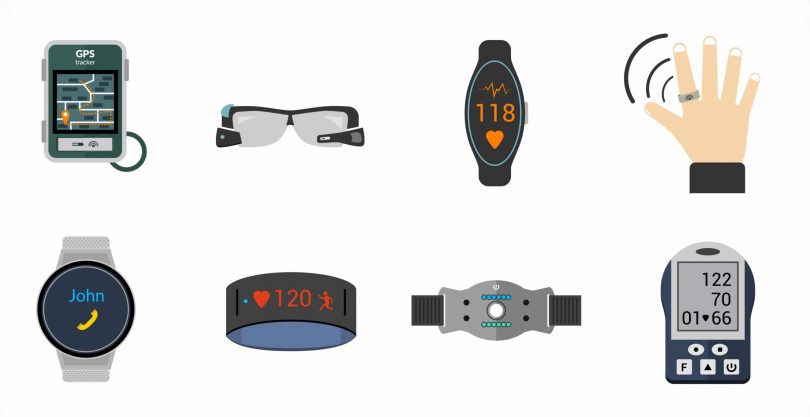


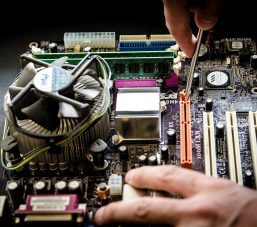
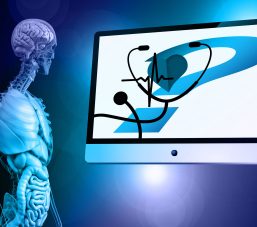
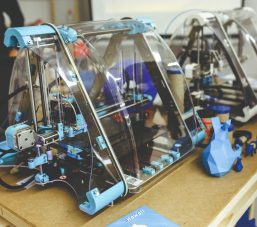





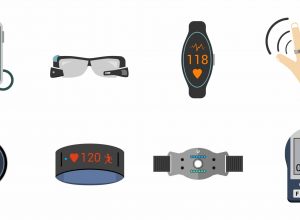


Comments